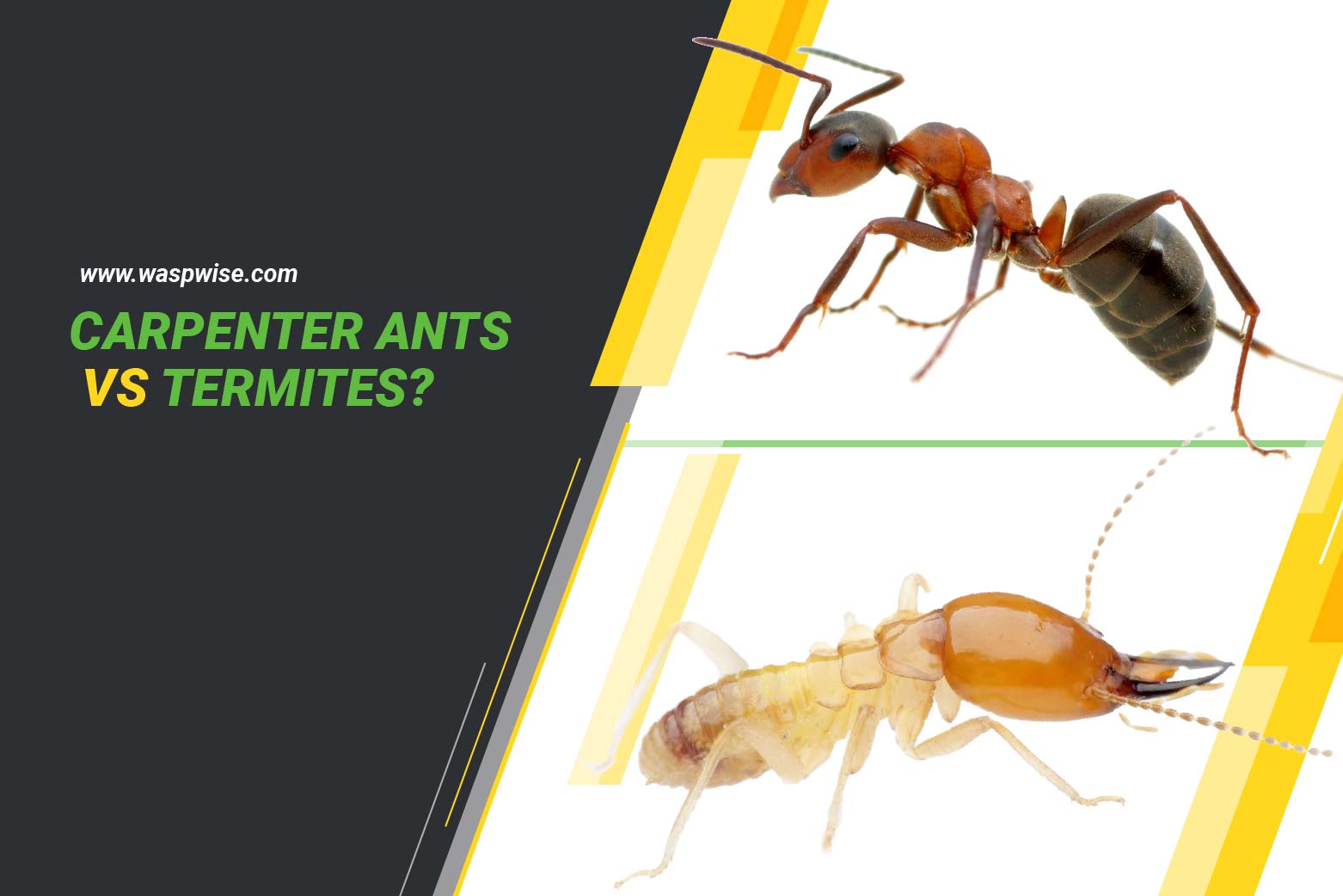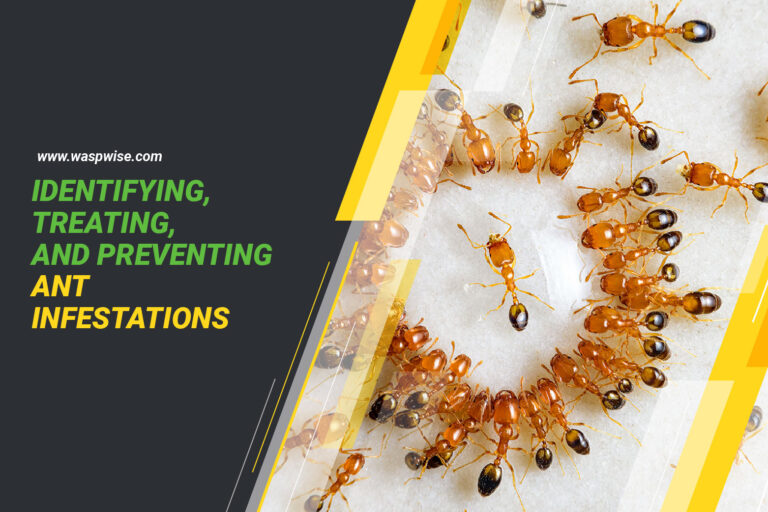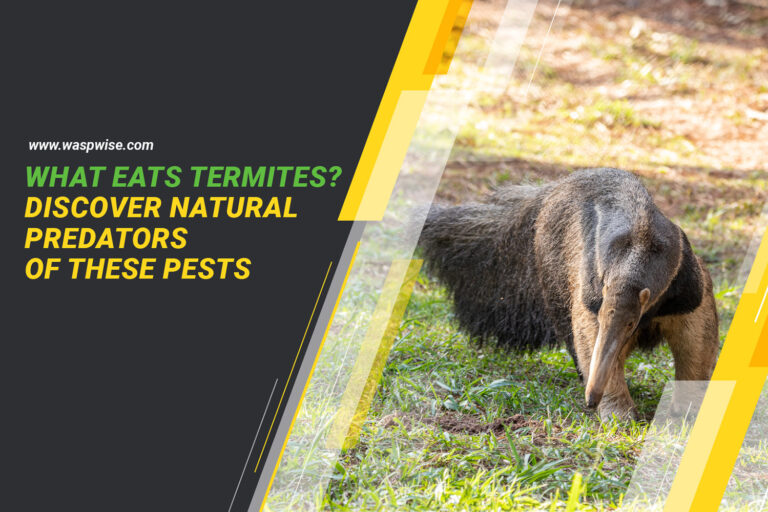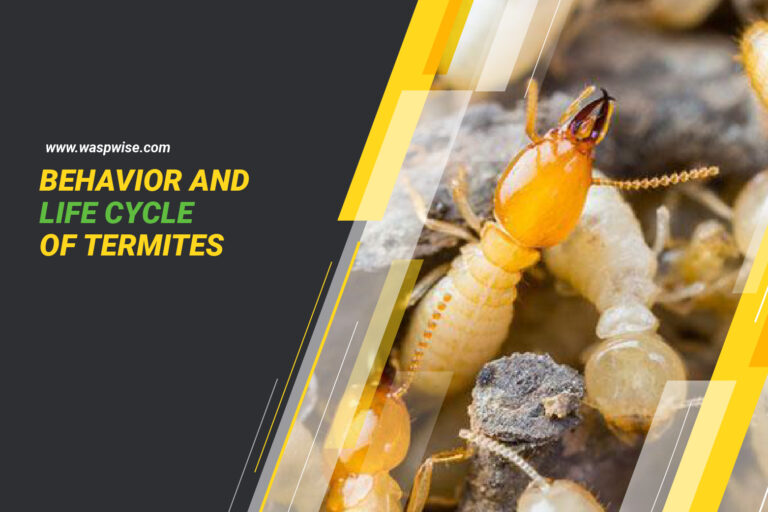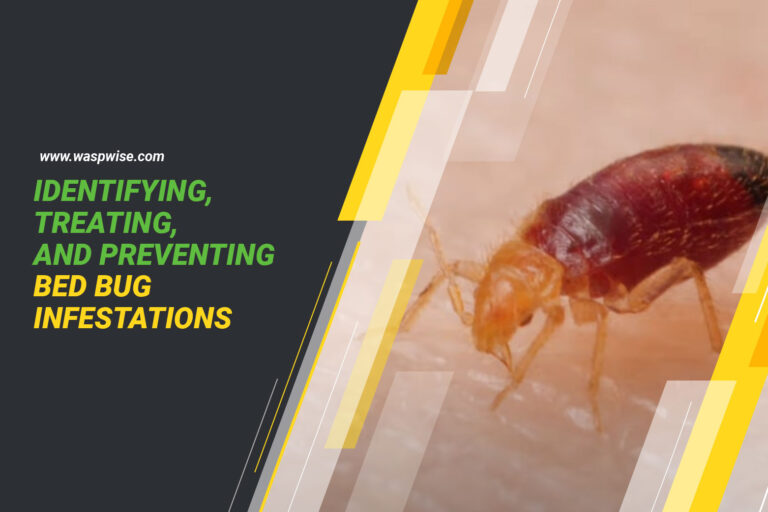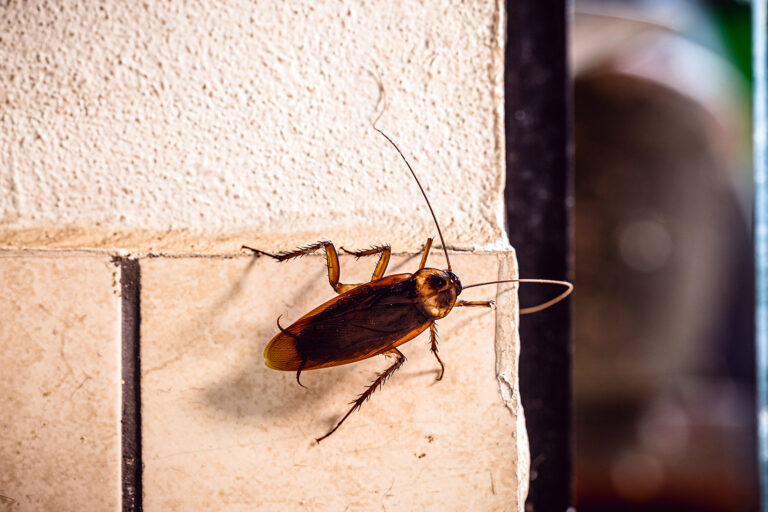CARPENTER ANTS VS TERMITES: KEY DIFFERENCES YOU SHOULD KNOW
Pest infestations are a common problem for homeowners, and two of the most common wood-destroying pests are carpenter ants and termites. These pests can cause significant damage to the structure of a home, making it important for homeowners to be able to identify the differences between them. This article will explore the key differences between carpenter ants and termites and provide tips for identifying and treating infestations.
INTRODUCTION
Carpenter ants and termites may look similar at first glance, but they have several key differences that make it essential to be able to tell them apart. Both pests can cause significant damage to wood structures, but they have different eating and nesting habits. Knowing these differences can help homeowners identify infestations and take appropriate action.
PHYSICAL DIFFERENCES
Carpenter ants and termites have several physical differences that allow us to differentiate between the two species. Carpenter ants have a narrow, constricted waist and a rounded thorax, while termites have a broad waist and a straight, tube-shaped body. Carpenter ants also have bent antennae, while termites have straight antennae. In addition, termites have two sets of wings equal in size, while carpenter ants have hind wings smaller than their front wings.
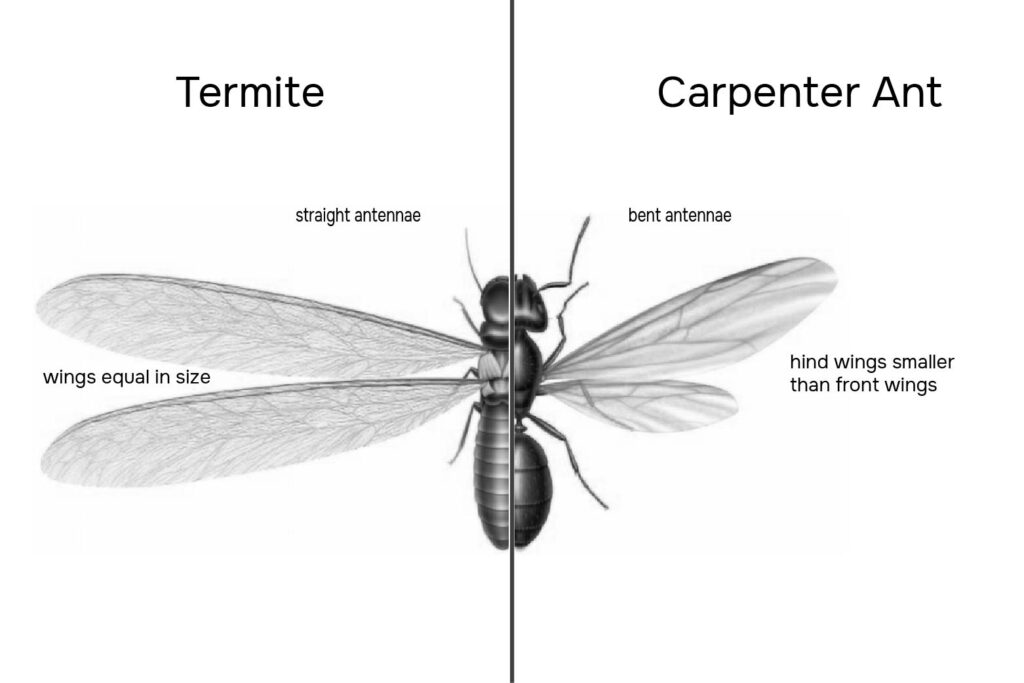
BEHAVIORAL DIFFERENCES
These two species of insects have different eating and nesting habits.
Carpenter ants do not eat wood but tunnel through it to create nests. They typically nest in moist wood, such as rotting logs, stumps, or trees, and may enter homes searching for food.
Conversely, termites eat wood and use it as a food source and for nesting. They can cause significant damage to homes and other structures and are often found in damp or moist areas.
FUNNY FACT
Carpenter ants get their name not because they build furniture, but because they build their nests in wood like carpenters do.
WOOD-DESTROYING CAPABILITIES
Both carpenter ants and termites can cause damage to wood structures, but they do so in different ways.
Carpenter ants tunnel through wood to create nests but do not eat the wood. They may push sawdust-like frass out of the tunnels, which can signify infestation.
Termites, on the other hand, eat wood and can cause significant damage to structures. They create mud tubes to travel from the soil to their food source and may leave behind wood shavings and termite droppings.
IDENTIFYING SIGNS OF INFESTATION
Homeowners can look for several physical signs of infestation to determine whether they have a carpenter ant or termite problem.
Carpenter ant infestations may be indicated by the presence of sawdust-like frass or by the sound of rustling or tapping in walls or wood.
Termites may leave behind mud tubes or wood shavings and may produce a musty odor. Termite droppings are also a sign of infestation.
CONTROLLING CARPENTER ANTS AND TERMITES
Prevention is key when it comes to controlling carpenter ants and termites. Homeowners can take several steps to make their homes less attractive to these pests, including keeping woodpiles away from home, fixing leaks and moisture problems, and sealing cracks and crevices. If an infestation is suspected, contacting a pest control professional who can identify the pest and recommend appropriate treatment options is crucial.
CONCLUSION
Knowing the key differences between carpenter ants and termites is essential for identifying and treating infestations in a timely manner. By understanding the physical and behavioral differences between these pests and the signs of their presence, you can take steps to protect your home from structural damage. If you suspect an infestation, don’t hesitate to contact a pest control professional to assess the situation and recommend treatment options.
FREQUENTLY ASKED QUESTIONS
What do carpenter ants eat?
Carpenter ants primarily feed on protein and sugar, including other insects, nectar, and honeydew produced by aphids and mealybugs.
Can carpenter ants and termites coexist in the same structure?
Yes, it is possible for carpenter ants and termites to coexist in the same structure. However, they do not typically interact with one another.
What are some treatment options for a termite or carpenter ant infestation?
Treatment options vary depending on the severity of the infestation but may include chemical treatments, baits, and physical barriers. It’s important to work with a professional pest control service to determine the best course of action for your specific situation.
Do carpenter ants have wings?
Yes, carpenter ants have wings. These wings are used by the carpenter ants during their reproductive stage when they leave their colony to mate and establish new colonies. However, not all carpenter ants have wings. The worker ants, which are responsible for building and maintaining the colony, do not have wings. Only the reproductive ants, called alates, have wings.

